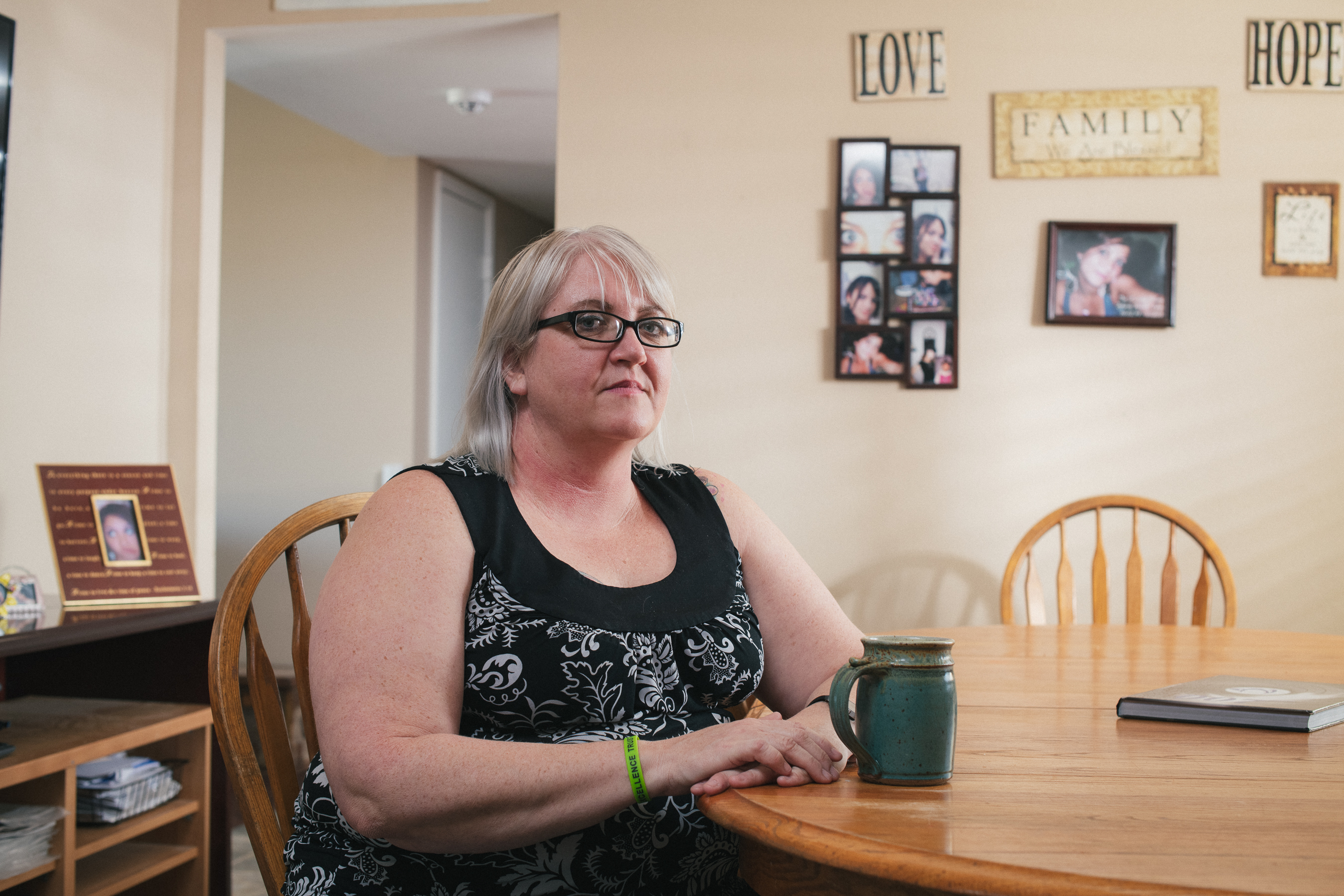She lost her daughter. Now she's telling her story to help prevent more tragedy.
Read
Jennifer's Story
As the oldest of four children of a single mother, Felicia always helped take care of her younger siblings. She shouldered the responsibilities of someone far older than her 15 years.
On school days, she would make sure her siblings got out the door to school on time. When her mother went to night school, she would clean up after dinner, help her siblings with their chores and homework, then tuck them in. Felicia was the glue that held her family together.
“She was a ray of sunshine, her personality was so caring and nurturing and loving,” Felicia’s mother Jennifer says. “I think that’s because we grew up together, because I had her when I was 15 so she made me the person I am today.”
A typical May day
Jennifer remembers May 4, 2007, as if it were yesterday. Jennifer was dropping Felicia off at her friend’s house. Felicia was excited to get her learner’s permit, and counting down the days until she could.
“She turned around and she was like ‘Mom, you know what today is? I’m fifteen, seven months, and two days.’”
But she never would get her permit. The next day, Felicia was killed instantly when the car she was riding in with friends was hit by a drunk driver. Complicating this tragedy, the 17-year-old driver of Felicia’s vehicle had also been drinking while Felicia had abstained.

Did You Know?
There are over 10,000 deaths a year due to drunk driving—each and every one of them 100% preventable.
Trying not to fall apart
Even though she was grieving inside, Jennifer knew she had to be strong for her other children.
“If I fell apart, they would fall apart,” Jennifer says. “A few months later, I took a moment to sit back and say ‘okay this is done… what am I going to do?’”
That’s when Jennifer reached out to Mothers Against Drunk Driving (MADD), a nonprofit advocacy group that works toward a vision of no more deaths due to drunk driving.
“They were always my foundation; my strength,” Jennifer recalls. “Whenever I needed something, they were always there… walked me through the whole process and I’m still a big part of MADD.”
"No more victims. That would be my vision."
Taking back power
Jennifer began sharing her story as a speaker on MADD Victim Impact Panels, interventions where family members impacted by drunk driving tragedies speak to DUI offenders.
Through this experience, Jennifer has seen the same people come back through again and again. Still, she keeps sharing Felicia’s story. And every time she shares her story, she feels like she is taking back power.
“When they walk in there, they have the power but by the time I'm done, I have the power because I know I am keeping her (Felicia’s) life legacy alive by sharing what happened to her and how to prevent it from happening again,” Jennifer says. People walk in with an attitude. They walk out humbled and changed. Some even tell her she has changed their lives.
"If Felicia were here now, she would say, 'I will be taking that car home every day. I'm going to leave my car parked in the driveway.'"
Through it all, Jennifer sees her work as a memorial to Felicia’s life. And when she thinks about how technology is evolving to improve road safety, she thinks of her daughter.
Hope in technology
Humans often make unsafe decisions – such as the decision to drive drunk or text and drive – on our roads, and these decisions can cost lives. In fact, human error is a factor in 94% of crashes, and drunk driving remains the leading cause of death on our nation’s roadways.
In contrast, Jennifer believes fully self-driving technology like Waymo’s can reduce human error on the roads because it assumes all the functions of a safe driver and never drives drunk or distracted. Waymo’s vehicle can see all around and is designed to respond to objects nearly 500 meters away. Local safety rules, such as speed limits and road signs, are built into Waymo’s internal maps.

Did You Know?
Fully self-driving technology does not drive drunk and remains constantly vigilant at all times.
Jennifer believes Felicia would have embraced the promise of self-driving technology.
“If she was here right now, she would be like, 'I will be taking that car home every day, I'm going to leave my car parked in the driveway.'” Jennifer says.
Fully self-driving technology can anticipate what other drivers may do next and remains constantly vigilant at all times, letting passengers stay passengers.
Do you believe fully self-driving technology could help reduce drunk driving?
“No more victims. That would be my vision,” says Jennifer. “If people were to open themselves up to the technologies and advancements, then there wouldn’t be any more victims.”



